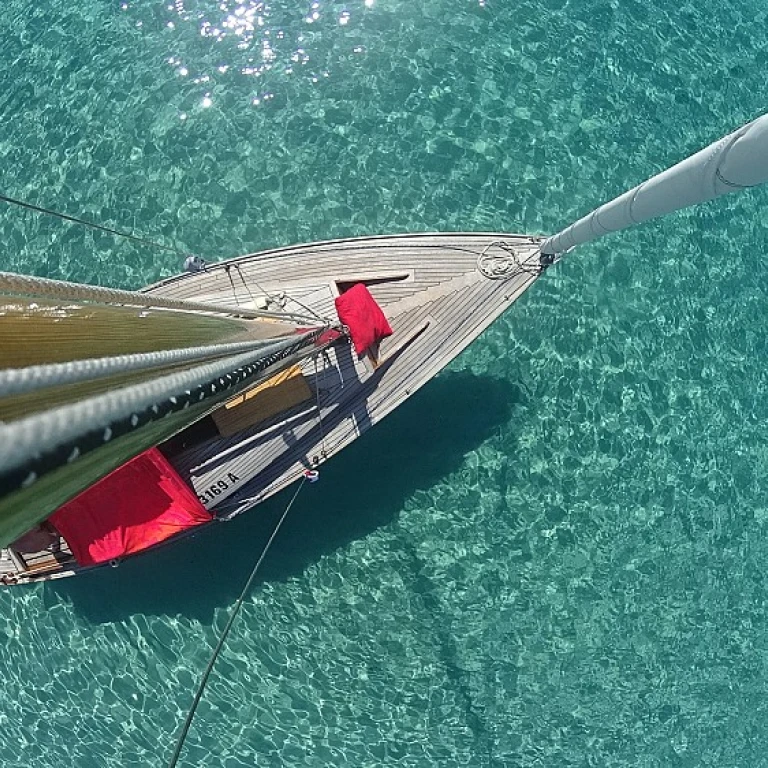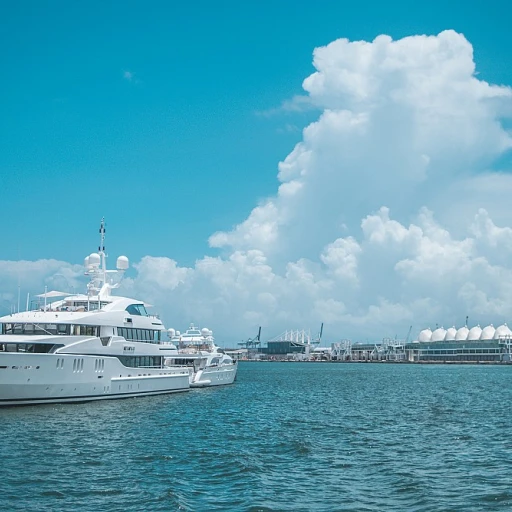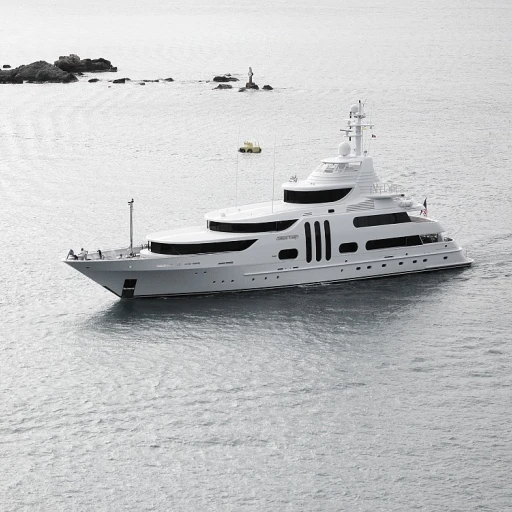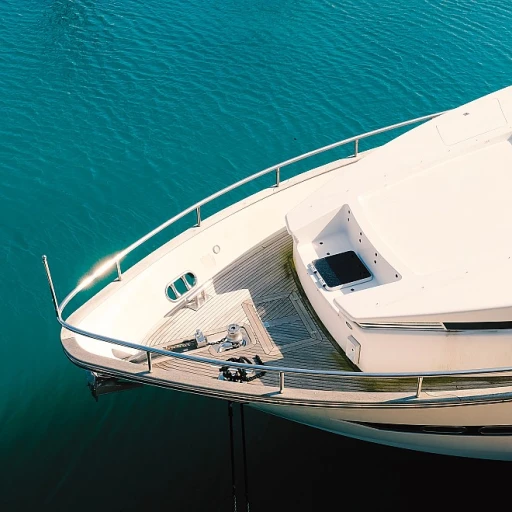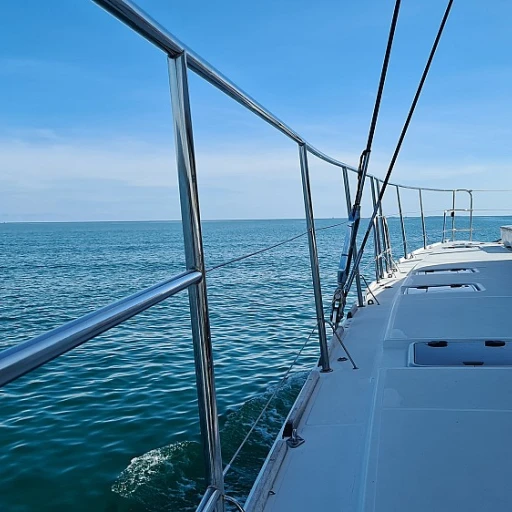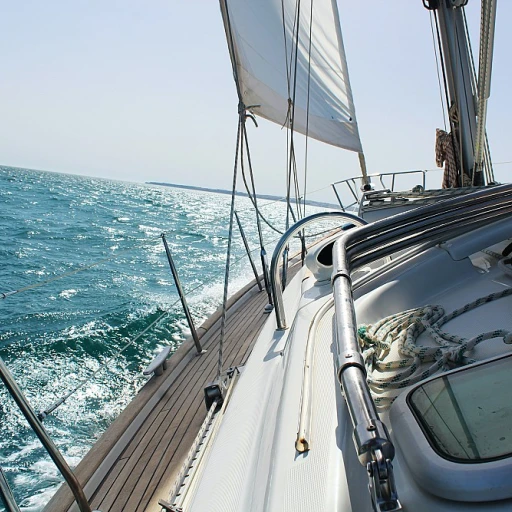
Understanding the Role of Bilge Pumps
Unveiling the Importance of Bilge Pumps in Yachting
Bilge pumps are an essential component of any boat or marine vessel, serving as a crucial safety mechanism. These pumps are specifically designed to remove excess bilge water that accumulates in the lower sections of a boat, known as the bilge. This accumulation can occur due to rain, splashing, leaks, or other sources of water ingress. If left unaddressed, bilge water can lead to significant issues, including reduced buoyancy and the potential for flooding, which could compromise the safety of the vessel and its passengers.
In the yachting world, ensuring that your bilge system is functioning optimally is paramount. This is where the importance of choosing the right type of bilge pump, such as automatic bilge pumps, comes into play. Automatic pumps are designed with a built-in float switch that triggers the pump operation without manual intervention, offering peace of mind and enhancing safety onboard.
When considering bilge pumps, some factors like pump capacity, measured in gallons per hour (GPH), are vital. A high GPH rating signifies the pump's ability to move bilge water quickly, which is crucial during emergencies. Additionally, some pumps offer both automatic and manual switch options, providing flexibility for the user.
Incorporating the appropriate accessories and products to complement your bilge pump system can further optimize its performance. For those focused on enhancing their overall yachting experience, understanding the nuances of components such as essential dock components can also contribute to a well-rounded approach to marine safety.
Why Choose an Automatic Bilge Pump?
The Benefits of Automatic Bilge Pumps
Choosing the right bilge pump is essential for safeguarding your boat against the ever-present risk of bilge water accumulation. An automatic bilge pump offers numerous advantages over a manual one, granting you peace of mind on your marine adventures. Here's why opting for an automatic bilge pump is the prudent choice for ensuring your boat remains dry and operational.
One of the main advantages is the hands-free operation. Automatic bilge pumps, unlike their manual counterparts, feature a pump switch—often a float switch—that activates the submersible pump when bilge water reaches a certain level. This automation is critical during unexpected water ingress situations, where every second counts in preventing water damage. As a boater, knowing that the auto bilge pump is safeguarding your vessel even when you're not supervising is a significant relief.
Moreover, automatic bilge pumps come in various gph series, offering a range of pump gph ratings suited for different boat sizes. A well-chosen pump ensures efficient water removal, maintaining optimal water levels within your bilge. These products are designed for seamless installation and integration with other marine accessories, making them a popular choice for both small and large boats.
The technology behind automatic bilge pumps is continuously evolving, promising better efficiency and reliability. In addition, these pumps are often equipped with advanced features, such as corrosion-resistant materials and high-flow capacities, ensuring durability and consistent performance under various marine conditions. For those keen to integrate their water management systems, automatic bilge pumps provide the convenience and security modern boaters seek.
Finally, purchasing an automatic bilge pump involves considering the investment and potential savings. Many reputable retailers, such as Amazon, offer competitive price points and diverse product options. Selecting a quality pump can prevent costly repairs and extend the life of your watercraft.
For additional insights on critical boating technologies, explore this guide on navigating with boat lights. Understanding complementary safety measures enables a comprehensive approach to yacht management.
Key Features to Look for in an Automatic Bilge Pump
Essential Characteristics for Automatic Bilge Pumps
When selecting an automatic bilge pump for your vessel, several critical features should be taken into account to ensure effective water management and safeguard your boat from the accumulation of bilge water. Here are some key aspects to consider:
- Flow Rate (GPH): The flow rate, measured in gallons per hour (GPH), determines how quickly your pump can remove water. Higher GPH ratings are suited for larger boats, ensuring that your marine bilge is efficiently cleared.
- Automatic vs. Manual: Automatic bilge pumps equipped with a pump float switch can activate without manual intervention, offering peace of mind even when you’re not on board. This feature is crucial for mitigating sudden water ingress.
- Size and Compatibility: Consider the dimensions and compatibility of the pump with your existing bilge system. A submersible pump design can fit into tight bilge compartments, making them versatile for various marine applications.
- Durability and Materials: Marine environments are challenging, so select a bilge pump constructed with corrosion-resistant materials. Look for products that promise longevity and reliability under harsh conditions.
- Price and Series Options: Automatic bilge pumps come in a range of prices and from various brands. Consider your budget while also evaluating the series and models for specific features that enhance safety and efficiency.
- Accessories and Product Assurance: Accessories such as pump brackets, switches, and alarms can enhance the functionality of your bilge system. Check for warranties or customer support that reassure product reliability.
By focusing on these features, you ensure that your automatic bilge pump performs optimally, offering efficient water removal and peace of mind. If you are exploring more ways to maintain your vessel, the role of TDS water makers in convective water management could further enhance your boating experience.
Installation Tips for Optimal Performance
Optimizing Your Installation for Efficient Operation
To ensure your automatic bilge pump performs at its best, proper installation is vital. Start by selecting an appropriate location in the bilge area of your boat. The pump should be placed at the lowest point to optimize water collection, reducing the amount of bilge water left behind.
When installing the automatic bilge pump, pay attention to the orientation and direction of the flow. Submersible pumps typically have clear indicators to guide the direction of water discharge. Ensure that the marine pump is securely attached, preventing any movement during boat operation which could affect its efficiency.
Electrical connections are another important aspect of installation. The pump switch should be wired correctly to ensure reliable activation. Consider using marine-grade wiring and connectors for better resilience against water exposure. A dedicated circuit can help avoid electrical issues caused by overloaded systems.
Testing the functionality of your bilge pump system is essential. Once installed, ensure the automatic float switch activates the pump correctly. Manually fill the bilge with water to simulate an overflow, checking if the pump operates as expected. This test can reveal any potential issues before taking the boat out on water.
Lastly, consider the inclusion of bilge pump accessories such as alarms or counters to monitor the frequency of bilge water removal. These can provide valuable insights into the efficiency of your system and alert you to any possible problems, ultimately contributing to a safer boating experience.
Maintenance and Troubleshooting
Keeping Your Automatic Bilge Pump in Top Condition
Maintaining the optimal performance of an automatic bilge pump is crucial to preserving its longevity and reliability on your boat. Regular checks and maintenance can prevent unexpected failures when you most need the pump to clear bilge water.
- Routine Inspections: Begin with regular visual inspections of the pump and its bilge area. Look for any obstructions or debris that might impede the pump’s efficiency. Ensure the float switch moves freely, as obstructions can prevent it from activating the pump.
- Testing the Pump: Run periodic tests on your bilge pump by manually activating the pump switch. This confirms the pump is functioning and can handle water efficiently. For pumps with a manual override, engage it occasionally to keep the mechanism in good working order.
- Cleaning and Descaling: Over time, debris and scale can accumulate which can affect the pump’s performance. Regular cleaning and descaling can prevent clogs and damage. Especially for submersible pumps, ensure there’s no residue potentially risking the operation.
- Check Electrical Connections: Inspect the pump’s wiring and electrical connections for any corrosion or wear. Given the marine environment’s harsh conditions, these connections can deteriorate. Checking these components can prevent electrical failures that might leave your pump inoperative.
- Lubrication: While many modern pumps are designed to be maintenance-free, some components might still require lubrication to ensure seamless operation. Consult the product manual for specific guidelines.
By staying on top of maintenance, you can maximize the lifespan of your marine bilge pump and ensure it performs when needed. Understanding common issues and employing proactive maintenance strategies will keep your boat safe and dry, safeguarding the investment you make into these crucial marine accessories.
Innovations in Bilge Pump Technology
Advancements in Bilge Pump Design and Functionality
The constant evolution in marine technology has led to significant innovations in the design and functionality of bilge pumps. These advancements aim to not only enhance the safety of your vessel but also improve efficiency and reliability when dealing with bilge water. Among these advancements, the integration of smart technologies into automatic bilge pumps takes center stage.- Smart Connectivity: Some modern automatic bilge pumps are now equipped with smart sensors and Wi-Fi connectivity, allowing boat owners to receive real-time alerts about water levels directly to a smartphone app. This technology ensures that you’re always informed, even when you're not on your boat.
- Enhanced Float Switch Designs: Contemporary innovations have led to the development of more reliable float switches. These advanced switches are designed to minimize false triggers and ensure the pump engages only when necessary, conserving battery life and reducing wear on the pump.
- Submersible Pump Improvements: Advances in submersible pump designs include better sealing to prevent water ingress and enhanced materials that resist corrosion, offering longer service life and consistent performance.
- Increased Capacity and Efficiency: Modern bilge pumps offer higher GPH (gallons per hour) ratings, providing more powerful water removal with less energy consumption. This increase in efficiency is crucial for situations where a rapid response is needed to manage bilge water levels.
- Eco-Friendly Options: Today's bilge pumps are being designed with the environment in mind, incorporating biodegradable materials and eco-friendly energy sources to support sustainable boating practices.

